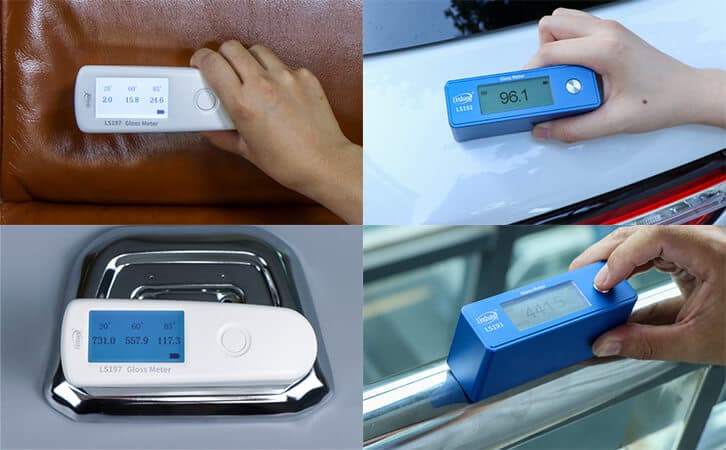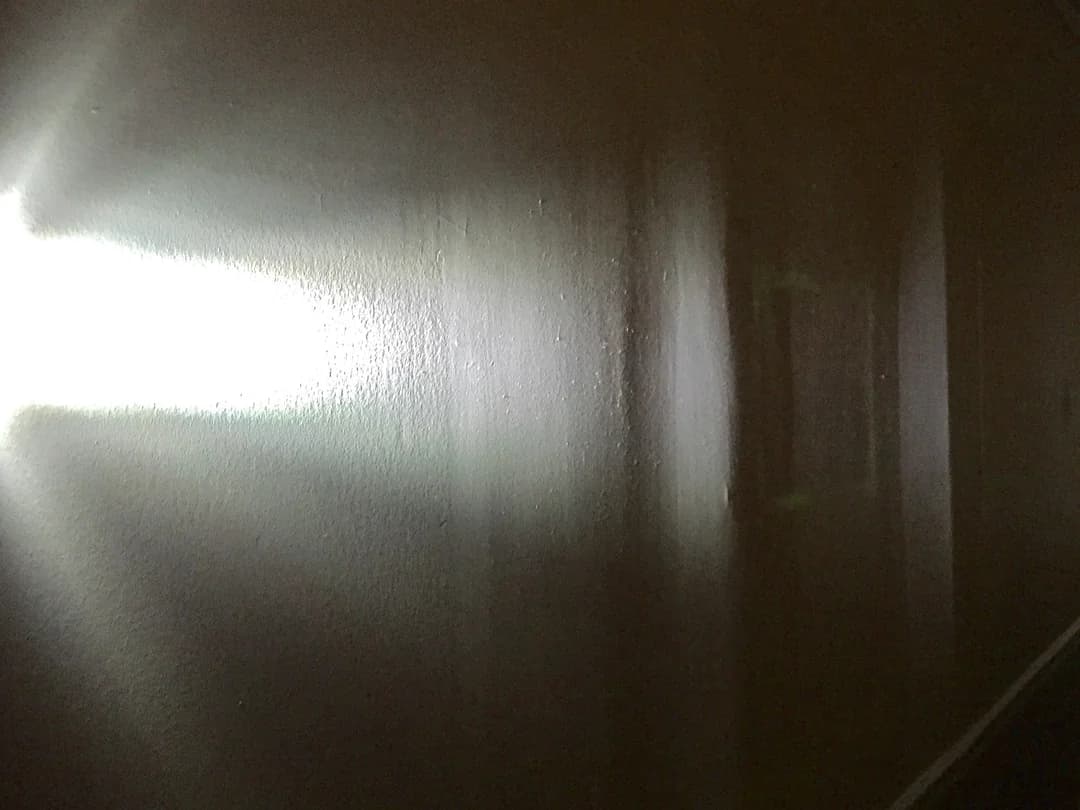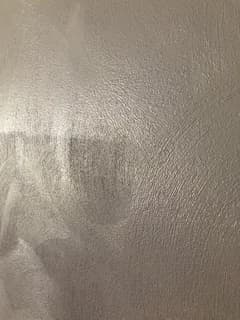Introduction
When it comes to interior finishes, the look and feel of a painted surface matters just as much as the color itself. Whether you’re working on a high-end commercial fit-out or a residential home, specifying the right gloss level is critical. The Gloss or Sheen Test helps ensure that the final finish reflects the intended aesthetic and functional quality.
What Is a Gloss or Sheen Test?
The gloss test measures how much light reflects off a painted surface. This reflection determines whether a finish appears matte, satin, semi-gloss, or glossy.
A device called a gloss meter is used to shine light at a specific angle—typically 60°, 20°, or 85°—and measure the reflected light in Gloss Units (GU).
Gloss Level Chart
| Gloss Units (GU) | Appearance Type |
|---|---|
| 0–10 GU | Matte / Flat |
| 10–40 GU | Satin / Eggshell |
| 40–70 GU | Semi-gloss |
| 70+ GU | High-gloss |
When to Use This Test on Site
You might use gloss testing in the following scenarios:
- Ensuring painted gypsum partitions match client expectations
- Approving cabinet or door finishes on handover
- Resolving disputes on “wrong paint finish” claims
- Maintaining consistency across batches of painted surfaces
Gloss Meter in Use

Visual Gloss Finish Differences

Light Beam Effect on Wall Texture

Pro Tips for Site Supervisors
- Always request manufacturer gloss specs when approving paint.
- For high-end fitouts, perform a mock-up test and get client sign-off.
- Gloss differences are more noticeable under natural lighting, so check in daylight when possible.
Conclusion
The gloss test may seem minor, but it can make or break the perceived quality of your finish. By understanding how to measure and interpret gloss levels, you’ll deliver projects that meet both technical and visual expectations—keeping clients satisfied and ensuring consistency on site.